Cockatoo
Cockatoo Breeding & Care
A Comprehensive Guide for Enthusiasts and Breeders
Are you fascinated by the intelligence and beauty of cockatoos? Wondering what it takes to breed and care for these magnificent birds?
You’re not alone.
This blog covers essential aspects of cockatoo breeding and care, emphasizing genetic diversity, environmental manipulation, and proper nest box design for breeding success. It also highlights the importance of egg management, chick rearing, and advanced care techniques like tailored nutrition, health monitoring, and psychological enrichment. Ethical considerations, legal aspects, and future trends such as conservation efforts and genetic testing are also discussed, underscoring the complexity and commitment required for successful cockatoo breeding and care.
Cockatoo breeding and care is a complex, rewarding, and sometimes challenging endeavor. Let’s dive deep into this fascinating world, exploring everything from species-specific needs to advanced breeding techniques.
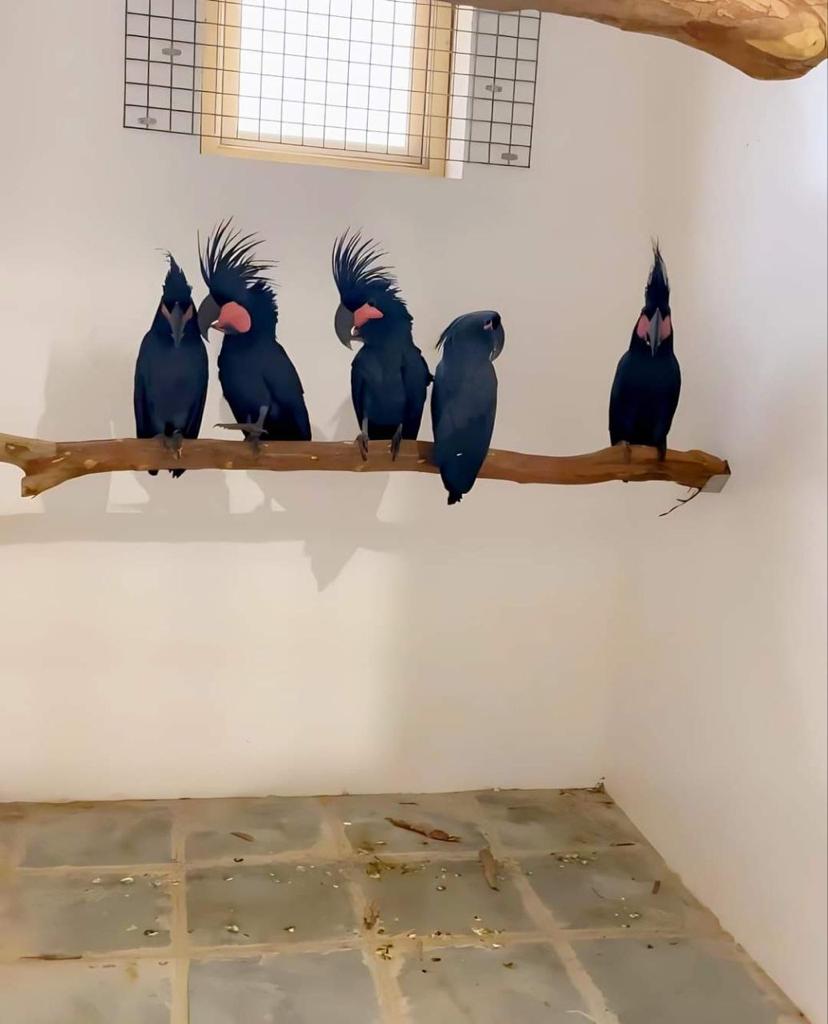 |
 |
 |
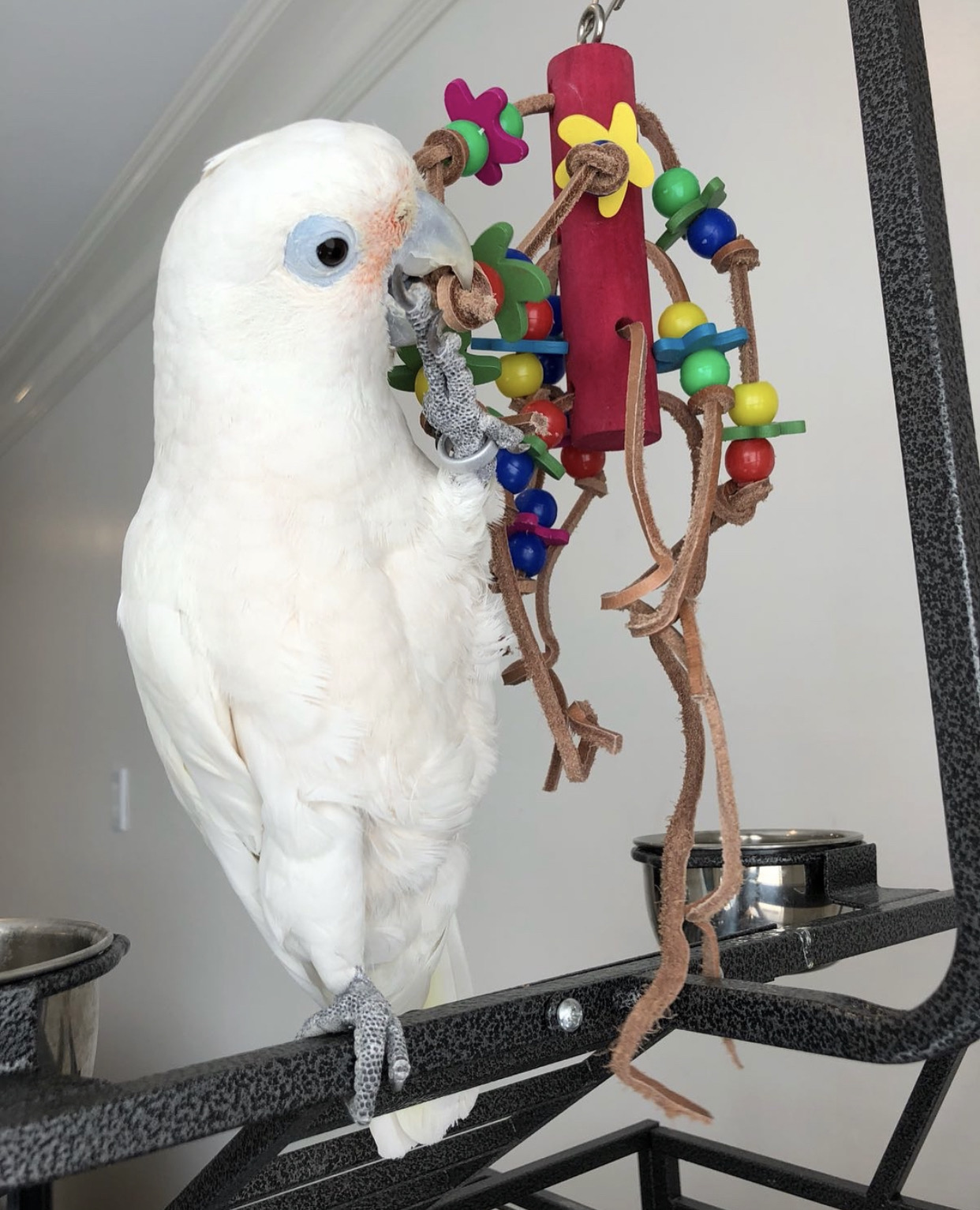 |
Understanding Cockatoo Species: A Deeper Dive
Before we get into the nitty-gritty of breeding and care, it’s crucial to understand the diverse world of cockatoos. Each species has its unique characteristics, needs, and challenges when it comes to breeding and care.
Black Palm Cockatoo: The Majestic Giant
| Species Overview | |
|---|---|
| Length | 55-65 cm (22-26 inches) |
| Weight | 910-1200 g (2-2.6 lbs) |
| Lifespan | 40-60 years in captivity |
| Native Habitat | New Guinea and Cape York, Australia |
Black Palm Cockatoos, also known as Goliath Cockatoos, are the largest and one of the most challenging cockatoo species to breed in captivity.
These birds are known for their:
- Intelligence and problem-solving abilities
- Unique courtship displays involving drumming with sticks
- Slow reproductive rate (they often lay only one egg every two years)
Breeding Black Palms requires:
- Extensive aviary space (minimum 4m x 4m x 3m)
- Specialized diet high in native nuts and fruits
- Patience and expertise (they’re not recommended for novice breeders)
Sulphur-crested Cockatoo: The Aussie Icon
| Species Overview | |
|---|---|
| Length | 44-55 cm (17-22 inches) |
| Weight | 815-975 g (1.8-2.1 lbs) |
| Lifespan | 20-40 years in captivity |
| Native Habitat | Australia and New Guinea |
Sulphur-crested Cockatoos are popular in aviculture due to their:
- Playful and affectionate nature
- Excellent mimicry skills
- Relatively easier breeding requirements compared to some other species
When breeding Sulphur-crested Cockatoos:
- Provide a nesting box about 1m x 0.5m x 0.5m
- Offer a varied diet rich in seeds, nuts, fruits, and vegetables
- Be prepared for their loud vocalizations, especially during breeding season
Moluccan Cockatoo: The Salmon-crested Beauty
| Species Overview | |
|---|---|
| Length | 46-52 cm (18-20.5 inches) |
| Weight | 850-950 g (1.9-2.1 lbs) |
| Lifespan | 40-60 years in captivity |
| Native Habitat | South Moluccas, Indonesia |
Moluccan Cockatoos are known for their:
- Striking salmon-colored crest
- Highly affectionate nature (sometimes to a fault)
- Powerful vocalizations
Breeding Moluccan Cockatoos can be challenging due to:
- Their tendency to bond strongly with humans rather than potential mates
- High intelligence requiring extensive environmental enrichment
- Potential for aggressive behavior during breeding season
Advanced Cockatoo Breeding Techniques
Now that we’ve covered some species-specific information, let’s delve into more advanced breeding techniques applicable to most cockatoo species.
1. Genetic Diversity and Pair Selection
Maintaining genetic diversity is crucial for the health of captive cockatoo populations.
Key points:
- Avoid inbreeding by carefully selecting unrelated pairs
- Consider DNA testing to ensure genetic diversity
- Keep detailed records of lineage and breeding history
2. Environmental Manipulation for Breeding
In the wild, cockatoos breed in response to environmental cues. We can mimic these in captivity.
Techniques include:
- Adjusting light cycles to simulate changing seasons
- Manipulating temperature and humidity
- Providing seasonal foods that would be available during breeding season in their native habitat
3. Nest Box Design and Placement
The right nest box can make or break a breeding attempt.
Consider:
- Species-specific size requirements
- Material (natural wood is often best)
- Placement (some species prefer higher locations, others lower)
- Adding a spy camera for monitoring without disturbing the birds
4. Egg Management
Proper egg management is crucial for successful breeding.
Key points:
- Some breeders remove the first egg to encourage a larger clutch
- Egg weighing and candling can provide valuable information about development
- Be prepared for artificial incubation if parents abandon eggs
5. Chick Rearing
Whether parent-raised or hand-reared, chick care is a critical phase.
For parent-raised chicks:
- Monitor closely but disturb as little as possible
- Provide extra nutrients to parent birds
For hand-reared chicks:
- Maintain strict hygiene
- Follow a precise feeding schedule
- Gradually decrease feeding frequency as chicks grow
Cockatoo Care: Beyond the Basics
Proper care is the foundation of successful cockatoo breeding. Let’s explore some advanced care techniques.
1. Nutrition for Optimal Health and Breeding
A well-balanced diet is crucial for cockatoo health and successful breeding.
Key components:
- High-quality pellets (50-60% of diet)
- Fresh fruits and vegetables (30-40%)
- Seeds and nuts (10-20%, higher during breeding season)
- Sprouted grains for extra nutrients
- Calcium and vitamin supplements, especially for breeding birds
2. Advanced Health Monitoring
Regular health checks can catch issues before they become serious.
Consider:
- Annual blood tests to check for underlying issues
- Regular weight monitoring
- Beak and nail trimming as needed
- Checking for signs of hormonal imbalances or reproductive issues
3. Psychological Well-being and Enrichment
Cockatoos are highly intelligent and need mental stimulation to thrive.
Advanced enrichment ideas:
- Rotating toys to maintain novelty
- Puzzle feeders that change in difficulty
- Training sessions for mental stimulation
- Social interaction with other birds (when safe and appropriate)
4. Creating the Ideal Cockatoo Environment
The right environment can significantly impact cockatoo health and breeding success.
Consider:
- Full-spectrum lighting to mimic natural sunlight
- Humidity control (especially important for some species)
- Air purification to reduce respiratory issues
- Natural perches of varying diameters for foot health
Ethical Considerations in Cockatoo Breeding
As we delve deeper into cockatoo breeding, it’s crucial to consider the ethical implications.
Key points to ponder:
- Are you contributing to conservation efforts for endangered cockatoo species?
- Can you ensure lifelong care for birds that don’t find homes?
- Are you prepared to educate potential buyers about the long-term commitment of cockatoo ownership?
- How can you balance the demand for pet cockatoos with the need to preserve wild populations?
Legal Aspects of Cockatoo Breeding
Breeding cockatoos isn’t just about biology – there’s a legal side too.
Important considerations:
- Many cockatoo species are protected under CITES (Convention on International Trade in Endangered Species)
- You may need specific permits or licenses to breed and sell cockatoos
- Some countries have restrictions on keeping certain cockatoo species
- Always stay informed about changing laws and regulations
The Future of Cockatoo Breeding
As we look to the future, several trends are shaping cockatoo breeding:
- Increased focus on conservation breeding programs
- Use of genetic testing to maintain diversity in captive populations
- Growing emphasis on breeding for health and longevity rather than just appearance
- Integration of technology for monitoring and record-keeping
Cockatoo breeding and care is a field that demands continuous learning and adaptation. Whether you’re a seasoned breeder or just starting your journey with these incredible birds, there’s always more to discover about cockatoo breeding and care.
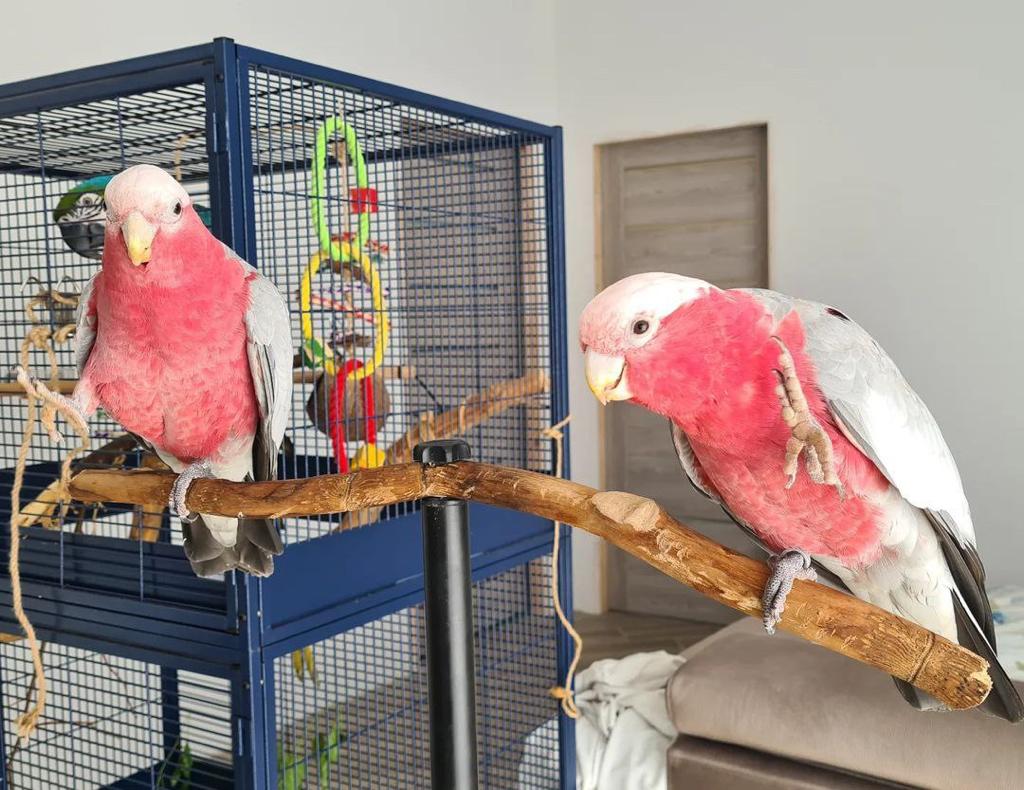 |
 |
 |
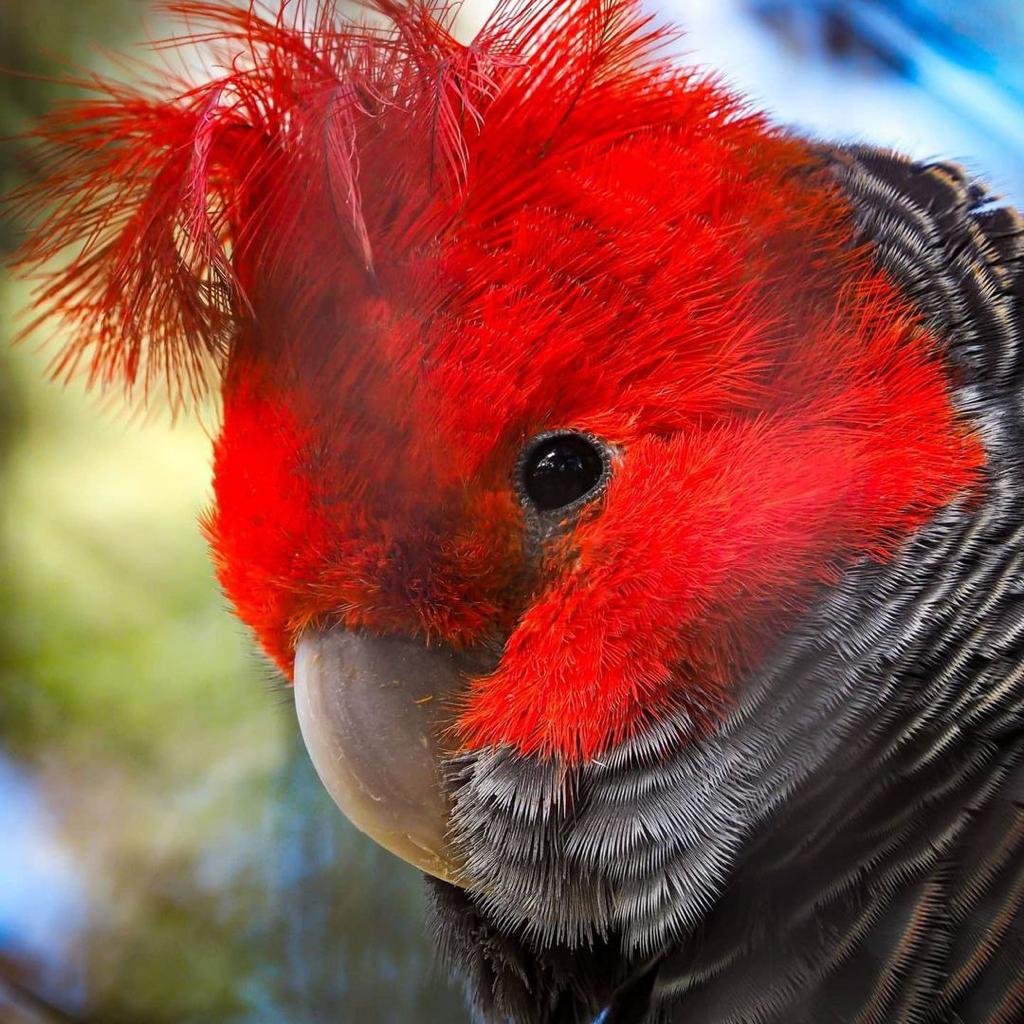 |
 |
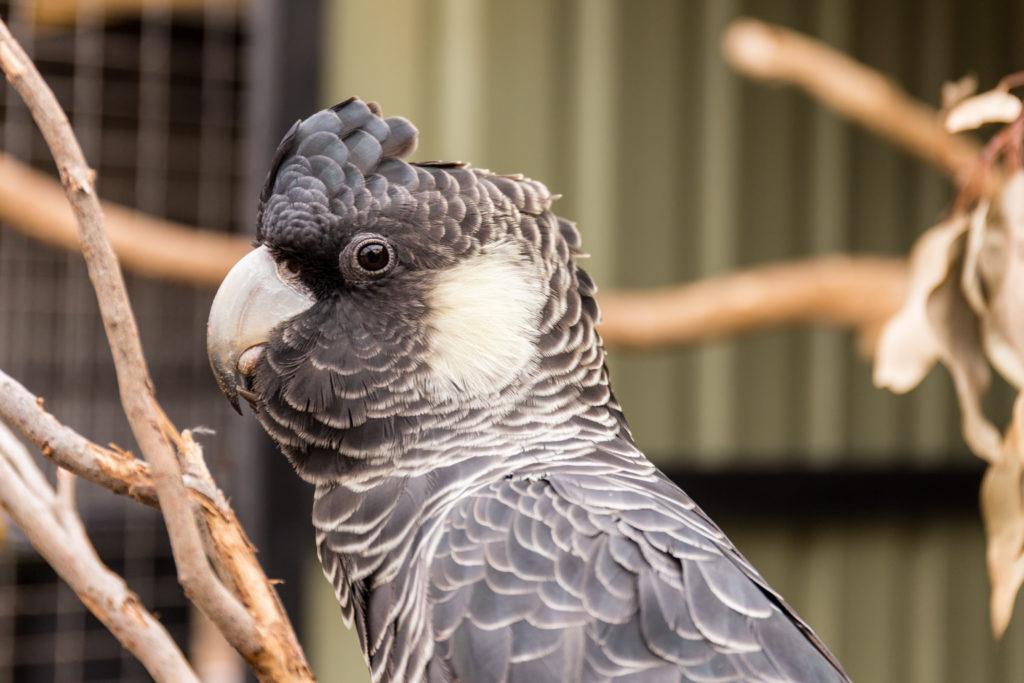 |
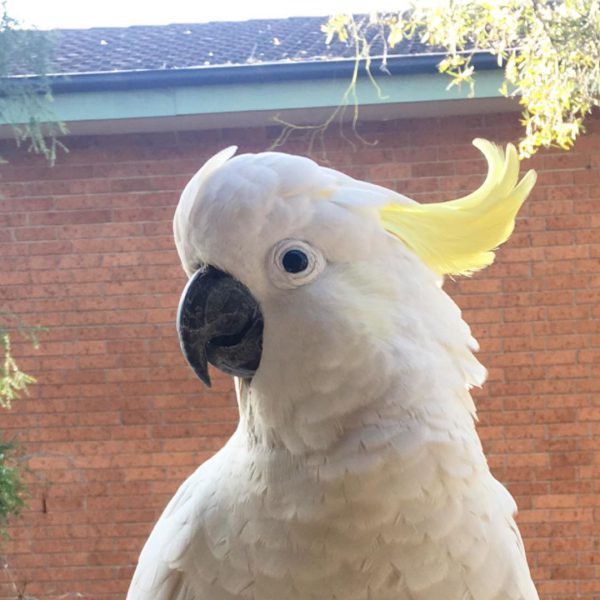 |
 |
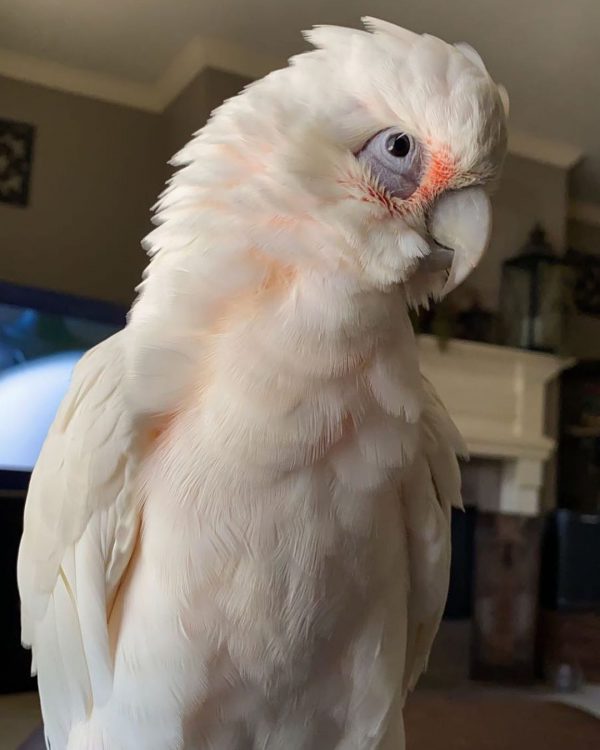 |
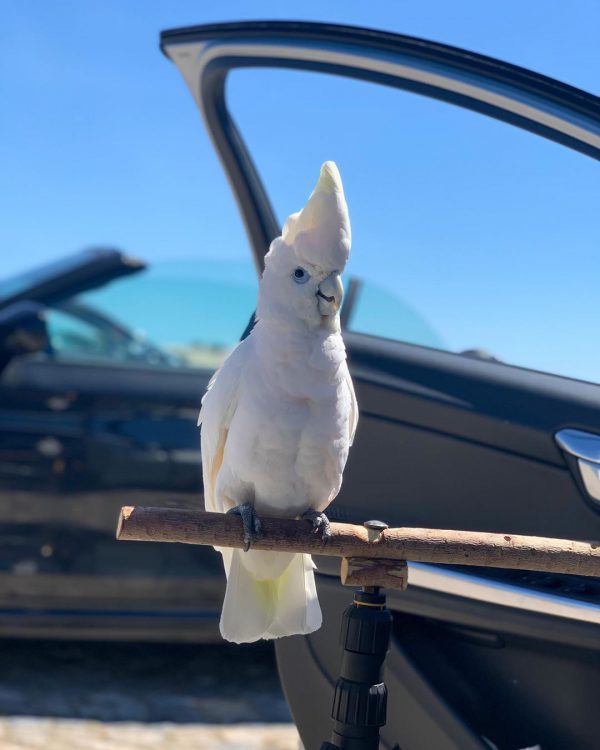 |
 |
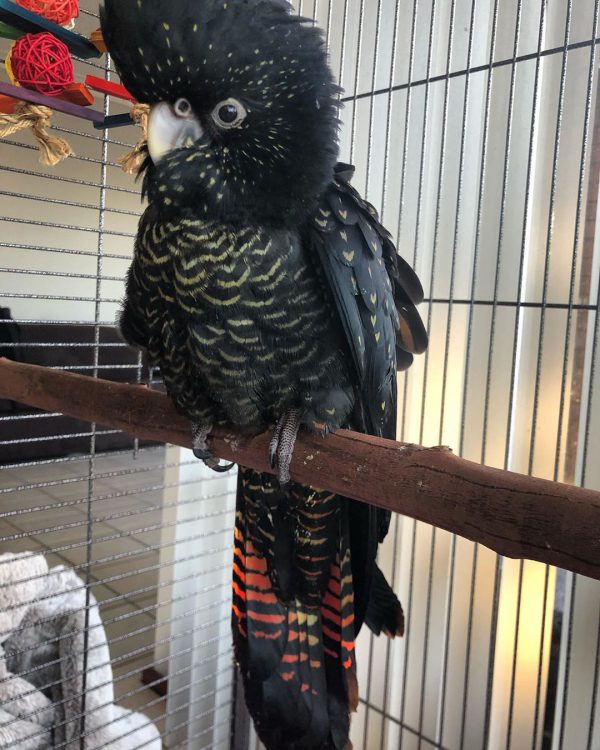 |
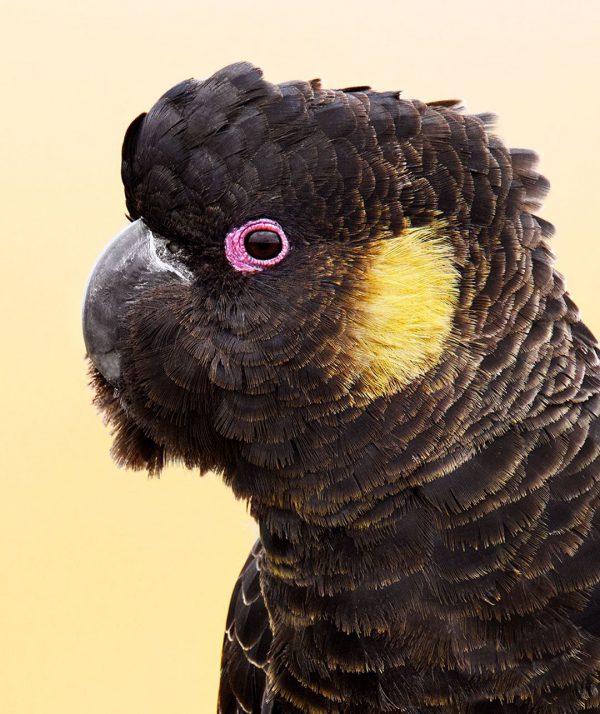 |
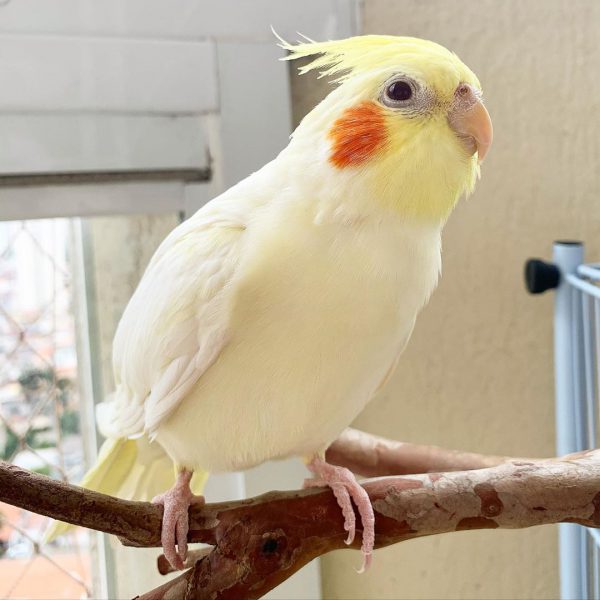 |
 |
<a href=”https://omnibirds |
